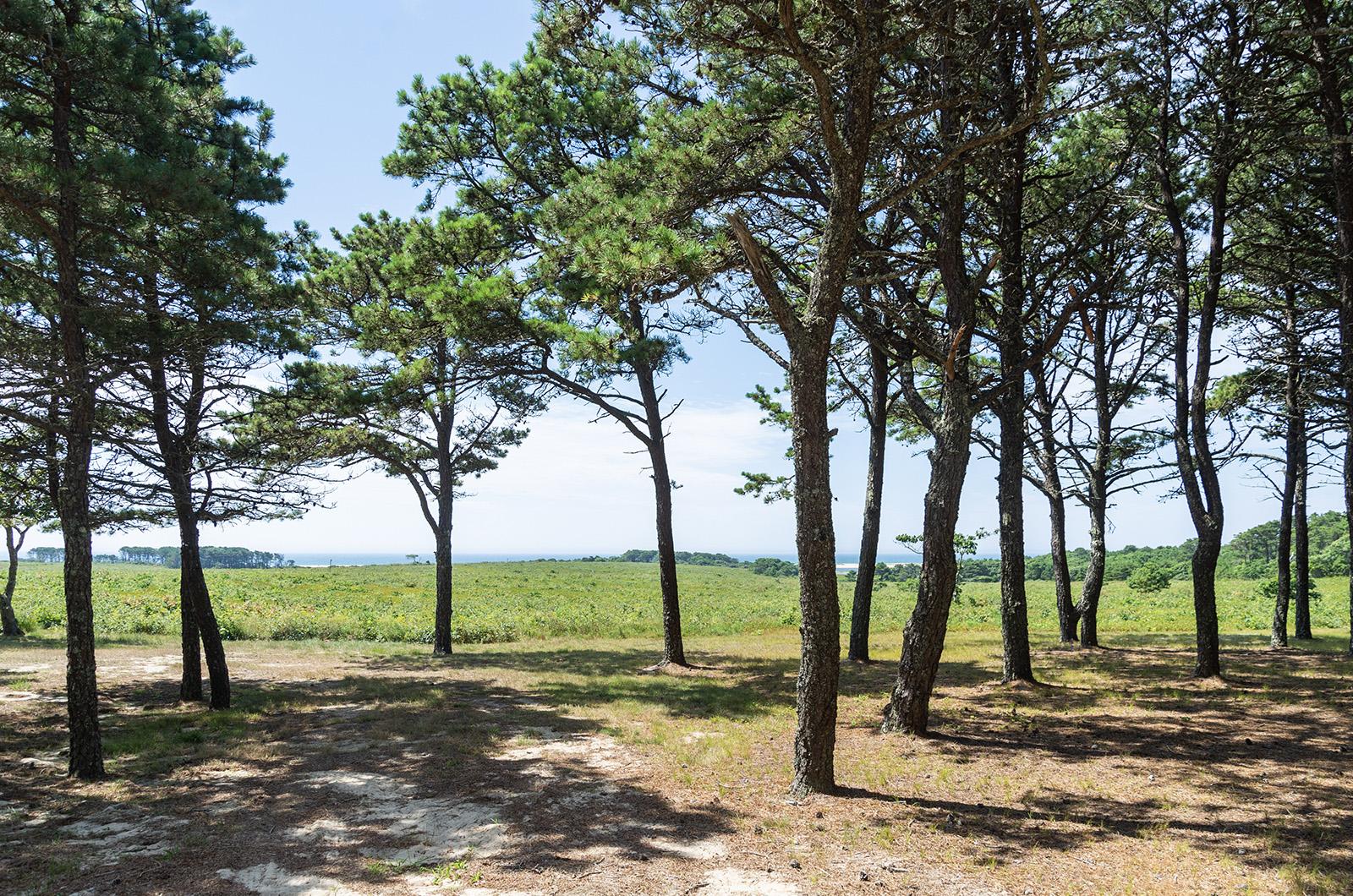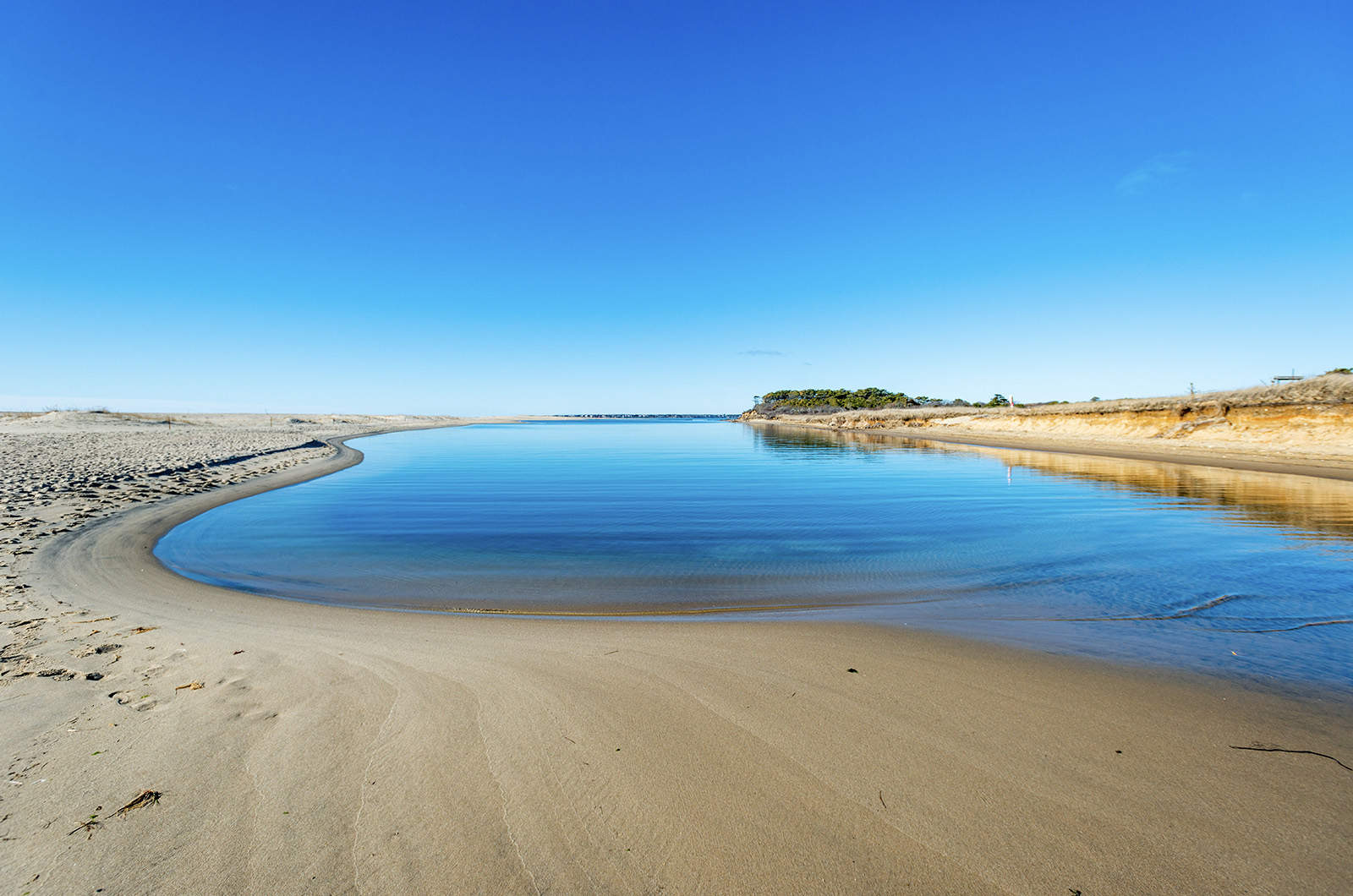Wasque, that windswept, wild corner of Chappaquiddick, is a land of change. Wasque means something different for all of us. For some it means swimming, fishing or beach walks. But for me it means change.
I managed Wasque for more than 30 years for The Trustees of Reservations. Over those three decades I met many folks — salt of the earth kind of folks who loved Wasque and knew it like the back of the hand.
Sue and Jerry Wacks are those kind of people. And this past weekend they lost a part of their spirit when their summer home on Wasque had to be demolished. Finally the eroding beach and cliff took their cottage. Much like the sea claimed Henry Beston’s historic Outermost House in Eastham, the sea cares not who owns the house.
How could this happen? In 1991 I remember standing near the Wacks house with Dave Belcher, behind the old Wasque tire deflation lot, looking at the 1,300 feet that separated us from the crashing surf at Wasque. Five hundred feet of that distance was solid upland cliffs and rolling grasslands. The upland was dirt composed of ancient glacial till — sand, rocks and clay. Solid ground. The final 800 feet of separation was made up of barrier beach sand and majestic primary and secondary dunes which protected the uplands from coastal erosion from the ever-present wind, rain and pounding surf.
That was in early summer, 1991. This past weekend all 1,300 feet of that protective beach, cliffs and upland (about the height of the Empire State Building if it was laid on its side) were gone, and along with it a treasured summer sanctuary of respite for the Wacks family.
As much as we loved what we saw at Wasque on that early morning in 1991, we knew it would change. Ephemeral, ever-changing Wasque was on the move. In fact it’s always been on the move, but we sometimes can’t see the change. We enjoy the beach and the walk along the dirt roads, marveling at the bluebirds in their birdhouses and the harriers gliding over the dunes and huckleberry. We live in the moment, but not at Wasque. Oh no, not at Wasque.
This was all brought home to me in the early 2000s during a conversation with my dear friend, the late Edo Potter. She pointed to the ocean beyond the nearby surf line in front of us and said: “I used to ride my horse along the Wasque shoreline when I was 15 years old. That was a more than a quarter mile offshore of where we are now standing.”
Scientists remind us that Wasque is losing approximately 15 feet of shoreline annually. Standing on the beach it’s hard to imagine that kind of loss.
In 2007, for the first time in more than 40 years, a breach in the barrier beach at Norton Point drove home the point that even more change to Wasque was happening. At times Bob Gilkes, a former Chappy ferry captain, commercial shellfisherman and harbor master, would measure the rate of erosion. Bob, who has since left us, had an inquisitive nature and he along with Martha’s Vineyard Commission cartographer Chris Seidel, wanted to see and document the change at Wasque. So he set up datum points and carefully measured and photographed the changes to the beach and upland cliffs. One day he came to me with a look of astonishment and said: “I’m now measuring cliff loss at Wasque point of more than one foot per day!” Wasque was changing before our eyes.
The well-meaning among us cry, “Do something!” But what? Should we armor the coastline with jetties, artificial reefs, supplemental sand, steel bulkheads, or do we look at the landscape as a whole and make strategic decisions about critical coastal priorities?
In a 2016 article on coastal erosion the Gazette wrote (quoting me): “When the next breach will occur is anyone’s guess, but Mr. Kennedy is hedging his bets. ‘It will almost certainly be sooner than the 40-year gap that we saw last time,’ he said, noting that houses along the shore can’t be moved back forever. ‘It behooves us to ask, what is plan B?’”
On Dec. 27, 2022 a new breach occurred on the Chappy end of Norton Point, spelling the end of the final chapter for the Wacks family summer sanctuary.
Here we are in 2023 and the rate of sea level rise has increased. Houses have been lost to the sea and will continue to be lost to the sea. And I still wonder: when will we accept that sea level rise is happening? And what is plan B?
Chris Kennedy lives in Provincetown.





Comments (9)
Comments
Comment policy »